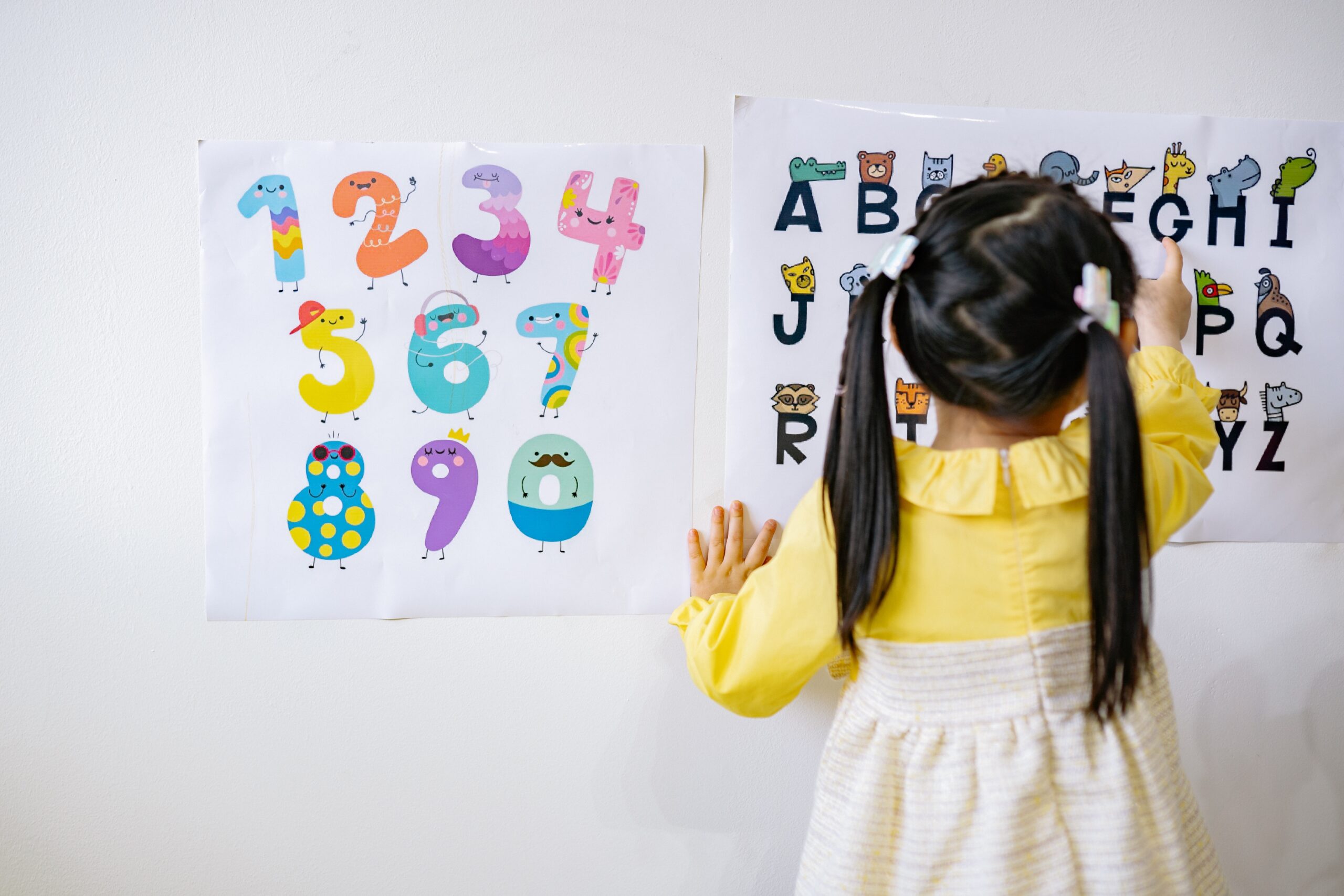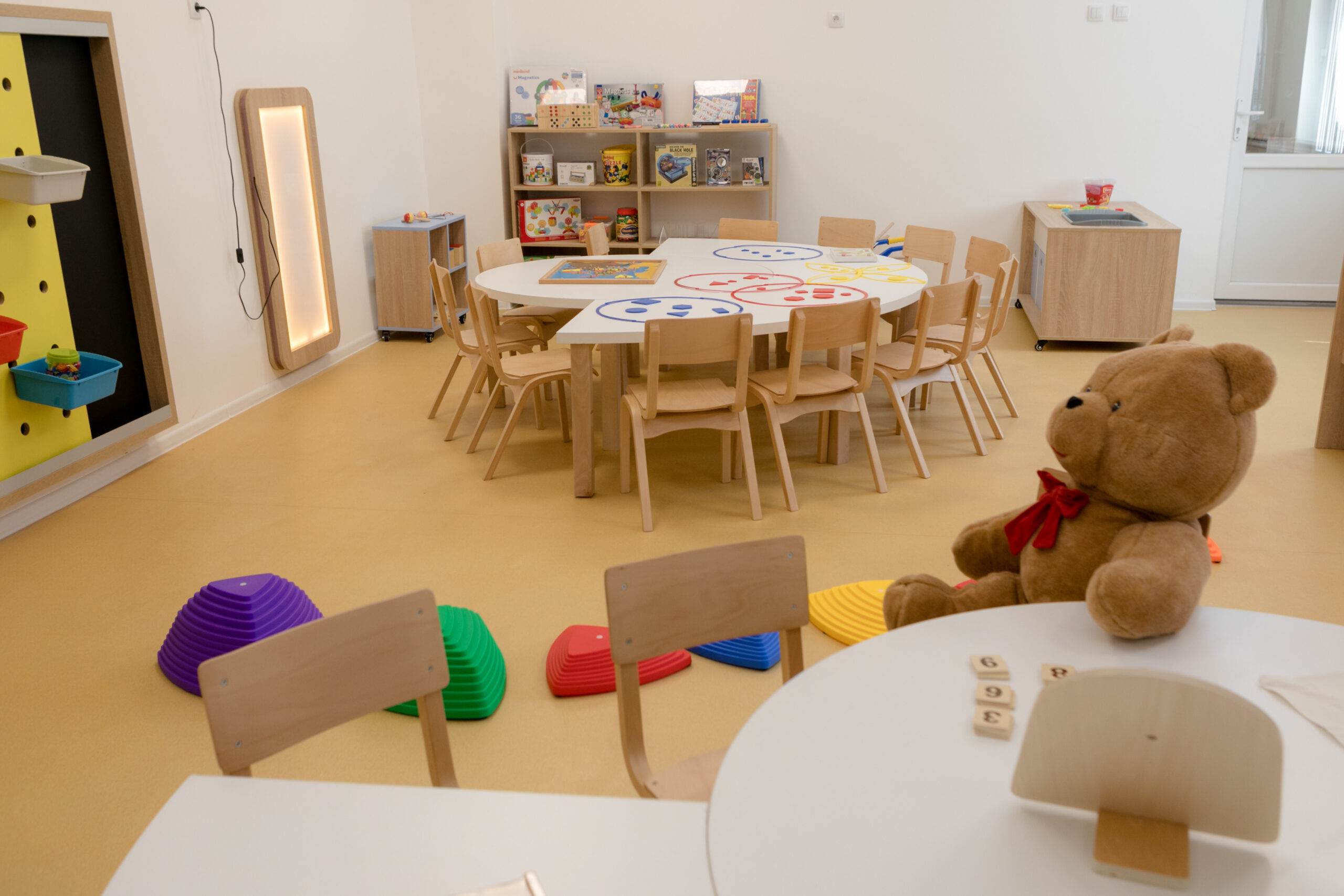In Emotions, Learning, and the Brain: Exploring the Educational Implications of Affective Neuroscience, Mary Helen Immordino-Yang, developmental psychologist and former teacher, explains how emotions guide learning and memory.
Her writing supports the hypothesis that emotion plays a crucial role in helping children understand didactic instruction or pedagogy. Although logic and reason are often vital to learning, she argues that emotion helps us connect the things we’ve learned in the past to influence real-world decision making. She writes that it is “literally neurologically impossible to build memories, engage complex thoughts or make meaningful decisions without emotion.”
A former junior high school science teacher, Immordino-Yang became curious about the fundamental role of emotions in learning when the issue of race was raised in her classroom. She used science to teach hominid evolution and to discuss natural selection for adaptive traits, such as varying pigmentation in the skin; to her surprise and amazement, engaging with this new scientific perspective seemed to ease racial tensions, improve peer relationships, and inspire ethnic pride among her socioeconomically diverse students. She also noticed that her students seemed to take a new interest in the sciences, as if they had gradually come to appreciate the personal relevance of scientific reasoning to their daily lives.
Now an associate professor of education, psychology and neuroscience at USC Rossier and USC Dornsnife, Immordino-Yang examines the reasoning behind her students’ shift from indifference to engagement, and finally, to deep and meaningful learning. In her book, she claims her students learned because they “had taken the lesson so personally and so seriously,” emotionally connecting to material that had a personal significance for them. They had discovered that “science could help them make personally relevant meaning of the racial and ethnic diversity and identity issues they encountered in their daily lives.”

Copyright: Syda Productions
Emotion is essential to learning and it should not be devalued as merely the “E” in “SEL,” or social-emotional learning. Emotion is where learning begins, or as is typically the case, where it ends. Furthermore, emotion also forms “the basis for creativity and invention and for the decisions we make for now and for the future,” particularly in academic contexts. Even in educational subjects that are traditionally regarded as unemotional, like physics, engineering or math, “deep understanding depends on making emotional connections between Concepts.”
Dr. Immordino-Yang makes a well-founded and convincing argument that emotion helps us not only to engage in the task of learning in many disciplines, but also to integrate past experiences and use them to make future decisions. In her book, she suggests that student reactions and experiences show how deeply our emotions, identities, and relationships are intertwined, and how these together form the basis of social behavior and learning. Emotions, Learning and the Brain is a must-read for anyone hoping to reach students or adolescents – or anyone else for that matter. While there are no silver bullets in education, emotional engagement and personal relevance are the mechanisms that can potentially improve the educational status quo in the United States and beyond.












